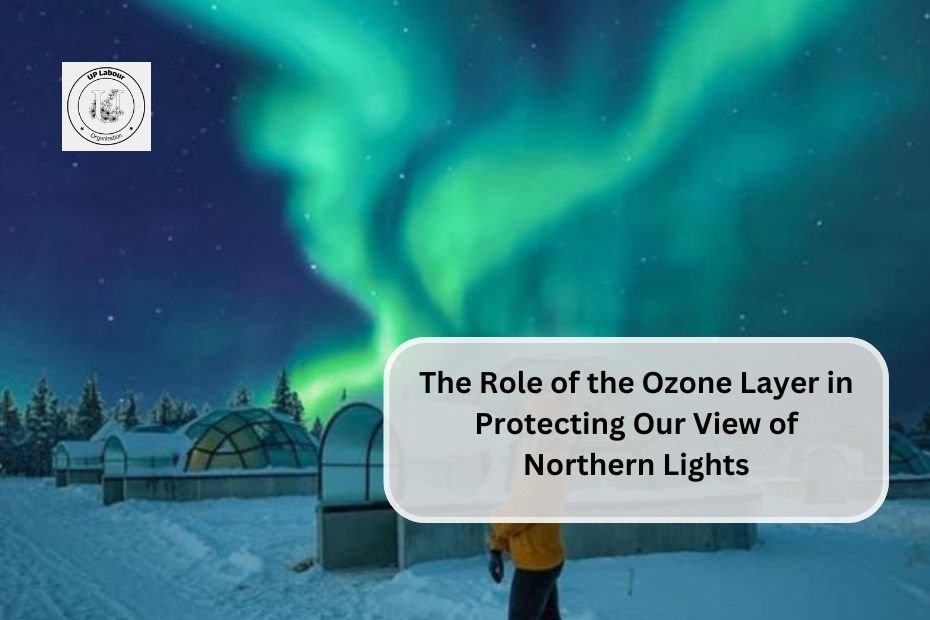The ozone layer plays a crucial role in protecting our ability to view the Northern Lights, or aurora borealis. Here’s how:
The Ozone Layer and Atmospheric Protection
The ozone layer is a region of the Earth’s atmosphere that absorbs most of the Sun’s ultraviolet (UV) radiation. This layer, located primarily in the stratosphere, shields the planet from harmful UV rays that can damage living organisms and alter atmospheric conditions.
Impact on Northern Lights Visibility
The ozone layer helps create the ideal conditions for viewing the Northern Lights by:
- Absorbing UV radiation: By absorbing UV rays, the ozone layer prevents the atmosphere from becoming too ionized, which could interfere with the charged particles that create the auroras.
- Maintaining atmospheric stability: The ozone layer helps maintain the stability of the Earth’s atmosphere, preventing excessive heating or cooling that could lead to cloud cover and obscure the view of the Northern Lights.
- Protecting against ozone depletion: Ozone depletion, often caused by human-made chemicals, can lead to increased UV radiation reaching the Earth’s surface. This radiation can alter atmospheric conditions and potentially impact the visibility of the Northern Lights.
Ozone Depletion and Climate Change
While the ozone layer is essential for protecting our view of the Northern Lights, recent studies have shown that the phenomenon that causes the auroras can also contribute to ozone depletion in the mesosphere, the middle layer of the atmosphere.Energetic particle precipitation associated with auroras has been linked to ozone depletion in the polar stratosphere. This depletion can intensify weather patterns like the polar vortex—an important factor influencing winter temperatures across northern regions.As climate change continues to impact weather patterns and atmospheric conditions, understanding the complex relationship between the ozone layer, auroras, and climate change will be crucial for preserving our ability to enjoy this natural wonder in the future.
Conclusion
The ozone layer plays a vital role in maintaining the atmospheric conditions necessary for optimal viewing of the Northern Lights. By absorbing harmful UV radiation and stabilizing the atmosphere, the ozone layer helps create the ideal environment for these stunning displays.However, as climate change and ozone depletion continue to affect atmospheric conditions, the visibility of the Northern Lights may be impacted. Monitoring these changes and taking steps to protect the ozone layer will be essential for ensuring that future generations can continue to marvel at the beauty of the aurora borealis.

